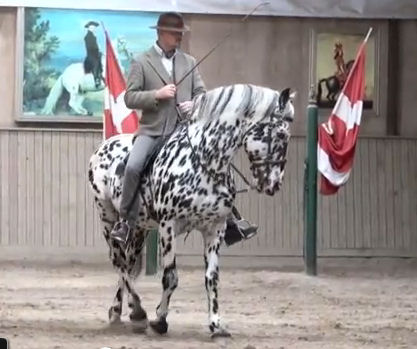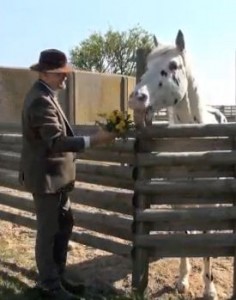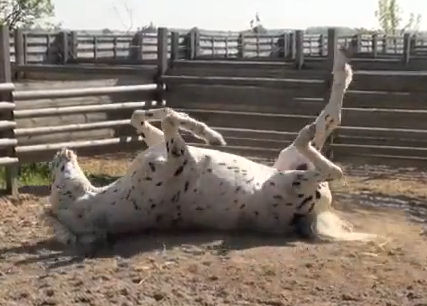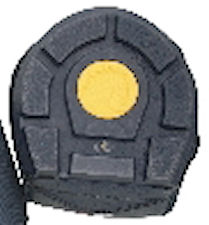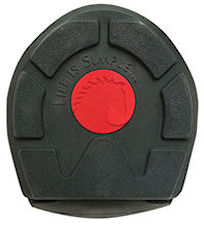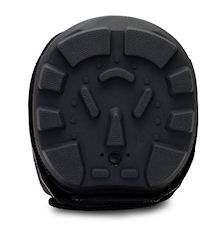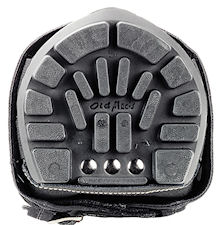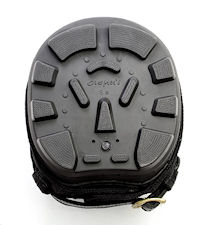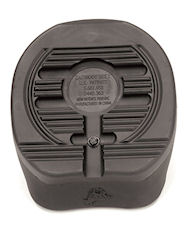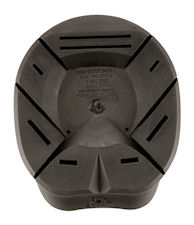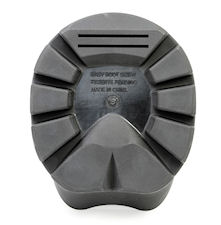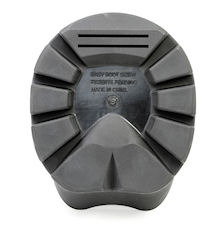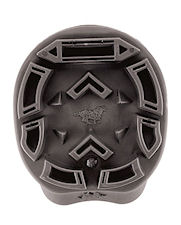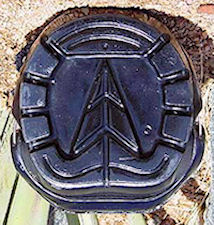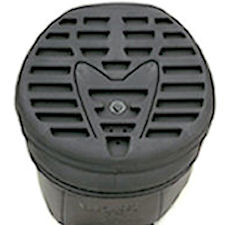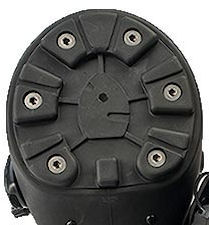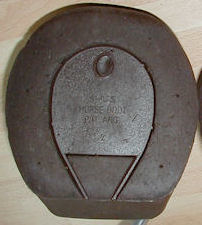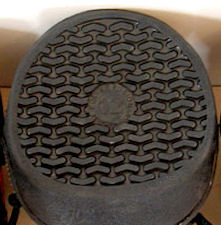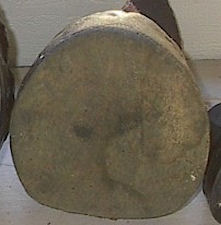If you are like me, then you are missing most of the Olympics. We can still enjoy this music video of Olympic Three Day Eventing Cross Country competition. I recommend, if your computer can handle it, maximizing the quality to HD and playing on full screen.
“A collection of horses and their riders who made it to the 2012 Olympics from recent competitions in the US. It includes a few internationals and the entire US and Canadian Three-Day Event teams. Crank it up!”
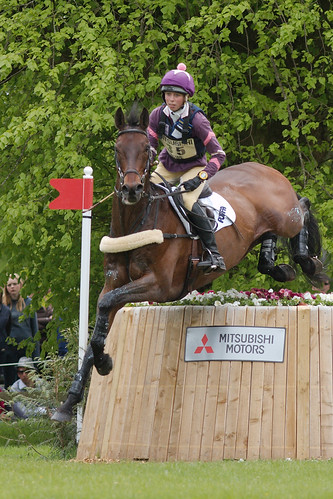
Ginny Howe and Cavort at the Sunken Lane during the cross-country phase of Badminton Horse Trials 2009.
Photo by sffubs on Flickr (Creative Commons License)
2. Cross-Country Test The focus of the entire event is on the Cross-Country test, the objective of which is to test the ability of athletes and horses to adpat to different and variable conditions (weather, terrain, obstacles, footing etc…) and jumping ability of the horse, while at the same time demonstrating the rider’s knowledge of pace and the use of his horse. Exceeding the time allowed and refusals result in penalties. All penalties are added together and recorded for inclusion in the final classification. Fall of a horse and/or of a rider entails immediate elimination.
Video length: 13 minutes 33 seconds (can enjoy any small section)
Published on Jul 28, 2012 by buzzterbrown
Buzzterbrown is Lance. He films upper level eventing and jumper shows in USEA Area II with a Lumix GH1 camera. The camera can do lovely clear slo-mo. Lance has a great eye and steady hand for filming.
Horses & riders in order of appearance in the video. They are amazing athletes. The horses really seem to be enjoying their runs.
The good horses love it! When you take them up to the lorry or dress them up [to go to an event], it’s like they’re off going to a party. – British equestrian, Mary King (interview)
Britain:
Opposition Buzz + Nicola Wilson (WEG 2010)
Miners Frolic + Kristina Cook (WEG 2010)
Imperial Cavalier + Mary King (WEG 2010)
Australia:
HP Leilani + Chris Burton (WEG 2010)
Rutherglen + Andrew Hoy (Rolex 2012)
Netherlands:
Oncarlos + Tim Lipps (WEG 2010)
New Zealand:
Nereo + Andrew Nicholson (WEG 2010)
Clifton Promise + Jonathan Paget (WEG 2010)
Germany:
Sam + Michael Jung (WEG 2010)
Butts Abraxxas + Ingrid Klimke (WEG 2010)
France:
Hidalgo de L’ile + Nicolas Touzaint (Rolex 2009, WEG 2010)
Belgium:
Gazelle de la Brasserie + Karin Donckers (WEG 2010)
Sweden:
Mister Pooh + Niklas Lindback (WEG 2010)
Brazil:
Tom Bombadill Too + Ruy Fonseca (WEG 2010)
Canada: (5:40)
Riddle Master + Rebecca Howard (Rolex 2011, WEG 2010)
Gin & Juice + Hawley Bennet-Awad (The Fork 2012, WEG 2010)
Exponential + Jessica Phoenix (WEG 2010, Rolex 2011)
Kilrodan Abbott + Peter Barry (Rolex 2011, Rolex 2012)
Amistad + Michelle Mueller (Fairhill 2008)
USA: (9:18)
Twizzel + Will Coleman (Fairhill 2008, Redhills 2011, Rolex 2011, Rolex 2012) Mr. Medicott + Karen O’Connor (The Fork 2012, Rolex 2012)
Ringwood Magister + Tiana Coudray (Rolex 2011)
Mystery Whisper + Phillip Dutton (The Fork 2012)
Otis Barbotiere + Boyd Martin ( Fairhill Spring 2011, Fairhill Spring 2012, Rolex 2012)
FÉDÉRATION EQUESTRE INTERNATIONALE
“The primary mission of the FEI is to advance the orderly growth of equestrian sport worldwide by promoting, regulating and administering humane and sportsmanlike international competition in the traditional equestrian disciplines” – FEI Mission Statement.

